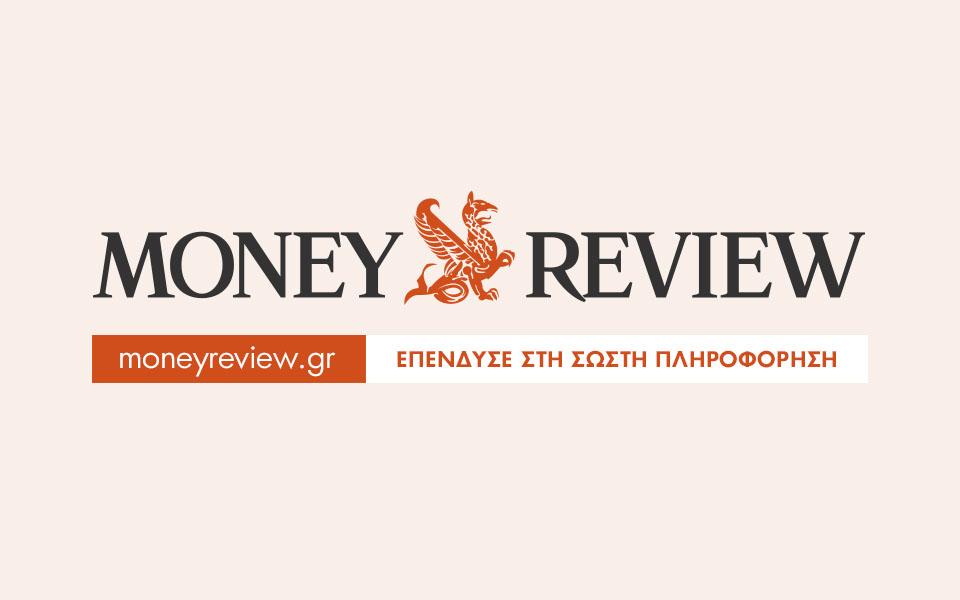What to expect from the ECB’s monetary policy strategy review?
Emphasis will be placed on greening monetary policy and clarifying the ECB's price stability objective, but is this enough?
The COVID-19 pandemic forced the European Central Bank (ECB) to postpone the review of its monetary policy strategy, or how it goes about ensuring price stability in the euro area. Although measures to contain the pandemic’s economic fallout will continue to be in place for some time, the ECB is now expected to finalise its monetary policy strategy review by the end of the year, if not earlier, compared to the original aim of end-2020.
What changes can we expect the review to trigger – and what will not change?
The one change we are sure to see is the emphasis that will be given to greening monetary policy. The ECB has already moved in this direction even though central banks are not necessarily the policy institutions best placed to deal with climate change. There is now broad agreement that all need to do their part to meet climate targets, and that includes central banks. ECB president Christine Lagarde has been clear and very consistent about this point, right from the start of her mandate.
The second change we can expect is the clarification of the ECB’s price-stability objective. Price stability is expected to be redefined from an inflation rate of “below but close to 2%”, to inflation of 2%. But this is the easy part, and is the least the central bank can do to enable the inflation target to be a focal point for expectations. Given how important expectations are in affecting inflation, it is surprising this has not already happened. In fact, why was price stability even defined the way it was?
But is this enough? Inflation is rarely exactly at 2%. Does this then mean that such a precise objective, and therefore also price stability, is seldom, if ever, to be achieved? Isn’t that potentially counterproductive?
The US central bank, the Federal Reserve, has addressed this in its own strategy review by saying that inflation should be at 2% “on average”. Inflation can be above 2%, provided it also drops below it, so that “on average” it lands on the target.
While this definition is easy to justify at any point in time looking back, it is not easy to use to predict the future. If inflation has been below 2% for a year, say, is it reasonable to assume that the central bank will aim to be above 2% in the coming year? Or should the reference point be longer than just one year? Also, the longer inflation has been on one side of its target, like what we experience today with low inflation, the more difficult it is to revert and sustain it on the other side for however long is needed, so that “on average” it is exactly at 2%.
In theory, price stability defined as inflation equal to 2% on average is reasonable. But in practice, if the definition stops here, it does not provide a useful signal that can help economic agents form expectations. But what would provide a helpful signal?
There are two options here.
The definition of price stability needs to include also an explicit commitment to a policy horizon, average over, say, 2 years, or the business cycle. But central banks are understandably very reluctant to do that, given the low and declining interest rate environment of the past ten to fifteen years. At the very least, this means that our understanding of how monetary policy transmits to the economy is imperfect.
The second option is to have tolerance bands around the numerical target. The central bank would aim for 2% but tolerate inflation within a certain range around it. For as long as inflation is within the tolerance band, then it is also at 2% on average. But now the time horizon does not need to be explicitly identified.
In fact, the majority of central banks that carry out inflation targeting have these tolerance bands as an integral part of their policy and as a communication strategy. Markets will themselves have views on policy reversals as inflation approaches either edge of the bands. The exact width of this band is debatable, but given that we operate in a very uncertain environment, the central bank should err on the side of wider bands, say between 0.5% and 3.5%.
But perhaps the most important feature of a tolerance band is that it provides a very clear framework for evaluating central bank performance. A strategy that is transparent on what is successful and what is not is beneficial to the central bank, its objectives and ultimately society.





